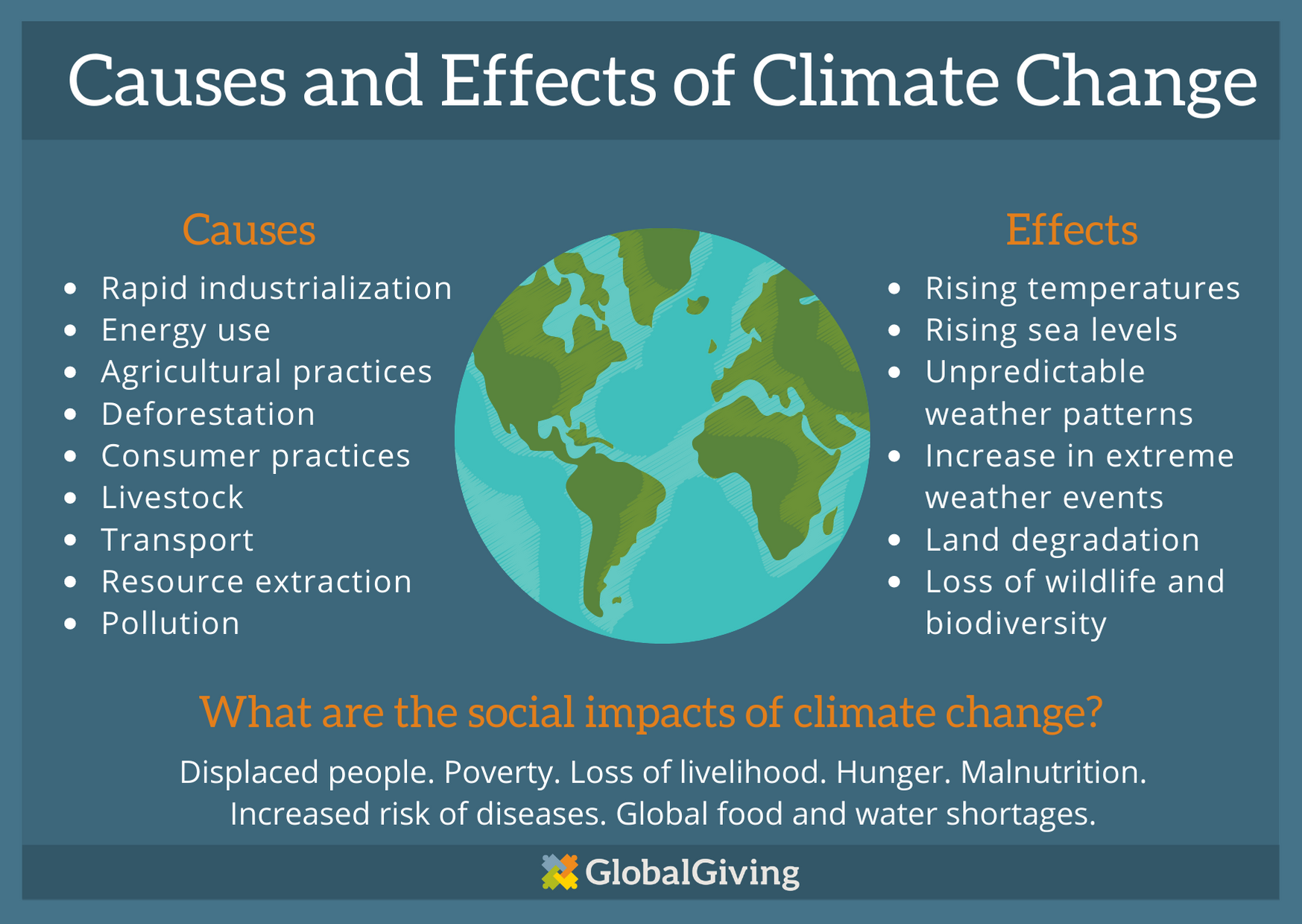Introduction
The world is experiencing a dramatic increase in extreme weather events, from hurricanes and heatwaves to wildfires and floods. These events are causing immense damage to both human societies and the environment. While extreme weather has always been a part of our planet’s natural cycles, the frequency and intensity of these events have been on the rise in recent years. In this blog post, we’ll explore the relationship between extreme weather events and climate change, shedding light on how human activities are driving these changes and what we can do to address them.
The Science Behind Extreme Weather and Climate Change
Extreme weather events are driven by complex atmospheric and environmental factors. While individual events cannot be directly attributed to climate change, there is a clear scientific consensus that climate change is exacerbating the conditions that lead to extreme weather. Here are some key factors:
Rising Temperatures: As the planet warms due to increased greenhouse gas emissions, temperatures in many regions are reaching record highs. This elevated heat can fuel heatwaves, droughts, and wildfires, making them more frequent and severe.
Changing Weather Patterns: Climate change is altering the patterns of atmospheric circulation, leading to shifts in weather systems. This can result in prolonged periods of extreme weather, such as extended periods of heavy rainfall or prolonged droughts.
Sea Level Rise: Higher global temperatures are causing polar ice to melt, contributing to rising sea levels. This, in turn, increases the risk of coastal flooding and storm surges during hurricanes and tropical storms.
Ocean Warming: Warmer oceans provide more energy to hurricanes and cyclones, making them more powerful and destructive. This has been evident in the increasing intensity of storms like Hurricane Katrina and Typhoon Haiyan.
The Impact on Human Lives
Extreme weather events have devastating consequences for human lives and communities. The physical and psychological toll on individuals affected by these events is immeasurable. Lives are lost, homes are destroyed, and livelihoods are disrupted. Vulnerable populations, such as the poor and elderly, often bear the brunt of these disasters.
Apart from the immediate impact, extreme weather events also have long-term consequences. Communities may struggle to recover, and the economic costs can be staggering. For instance, the 2017 Atlantic hurricane season resulted in over $300 billion in damages in the United States alone.
Environmental Consequences
Extreme weather events don’t just affect humans; they also wreak havoc on the environment. Here are some of the environmental consequences:
Ecosystem Disruption: Wildfires can destroy entire ecosystems, leading to the displacement or extinction of species. Coral reefs, which are vital marine ecosystems, are also under threat due to rising sea temperatures and increased storm damage.
Biodiversity Loss: Extreme weather events can lead to the loss of biodiversity, as habitats are altered or destroyed. This can have cascading effects on ecosystems, disrupting the delicate balance of nature.
Air and Water Pollution: Floods and storms can result in the release of pollutants into the environment, contaminating air and water sources. This poses health risks to both humans and wildlife.
Food Security: Changes in weather patterns can impact crop yields and food production. Droughts and heatwaves can lead to crop failures, which can, in turn, affect food prices and availability.
Mitigating the Impact of Extreme Weather Events
While we cannot completely eliminate extreme weather events, there are steps we can take to mitigate their impact and reduce their frequency. Here are some strategies:
Reduce Greenhouse Gas Emissions: The primary driver of climate change is the emission of greenhouse gases like carbon dioxide and methane. By reducing these emissions through energy efficiency, renewable energy adoption, and sustainable land use practices, we can slow down global warming.
Adaptation Measures: Communities can implement strategies to adapt to the changing climate and reduce vulnerability to extreme weather events. This includes building resilient infrastructure, improving disaster preparedness, and conserving natural buffers like wetlands and mangroves.
International Cooperation: Climate change is a global problem that requires global solutions. International agreements like the Paris Agreement aim to bring nations together to tackle climate change collectively.
Invest in Research: Continued research into climate science and extreme weather prediction can help us better understand these phenomena and develop early warning systems.
Conclusion
Extreme weather events are a stark reminder of the profound changes our planet is undergoing due to climate change. The science is clear: human activities are driving these changes, and the consequences are devastating for both humans and the environment. However, by taking proactive measures to reduce greenhouse gas emissions, adapt to a changing climate, and work together on a global scale, we can mitigate the impact of extreme weather events and build a more resilient future for ourselves and generations to come.






